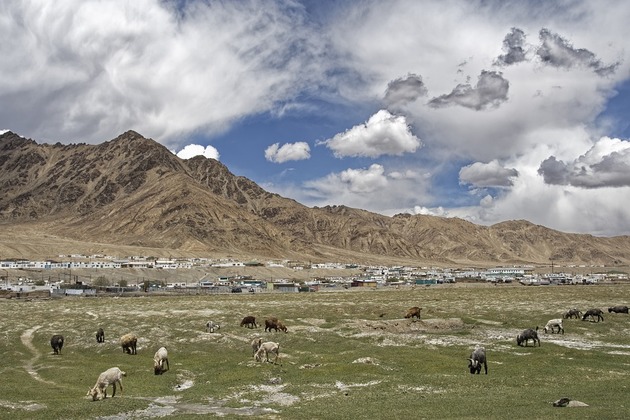New details have emerged regarding plans for China to build a paramilitary base for Tajik forces in Tajikistan. Much remains unclear, particularly with regard to what Chinese and Chinese-built security infrastructure already exists in Tajikistan, but also about the latest developments. At the same time, any and all movement in this space draws considerable attention not just in the region but from further abroad, The Diplomat writes.
On October 13, the Tajik news site Asia-Plus ran a story citing an “exchange of letters” between China and Tajikistan in which the Chinese side agreed to provide 55 million renminbi (around $8.5 million) for the construction of a paramilitary base under the Tajik Ministry of Internal Affairs. The letters had been sent to the Tajik parliament for approval. They reportedly outlined the project, to include 12 buildings. The Chinese side, the report said, would undertake responsibility for the survey and design, providing equipment (including office furniture and computers) and direction to engineering and technical personnel. Asia-Plus did not report on the planned location of the base.
According to one report, the facility would be constructed in Ishkashim district in Gorno-Badakhshan Autonomous Province (GBAO), Tajikistan. The base would belong to Tajikistan’s Ministry of Internal Affairs and all equipment and machinery imported from China for it would be exempt from customs duties. According to another report, an apparent facility will be built near Shaymak, a village in Murghab district. There are rumours that Chinese troops had been in the area since at least 2016. The 2019 Washington Post report noted that the Chinese forces present appeared to be from the People’s Armed Police (PAP) rather than the People’s Liberation Army (PLA).
Dushanbe and Beijing have consistently denied the existence of the Shaymak facility, although satellite imagery shows new facilities constructed next to an old Soviet base. The area is close to the tri-border shared between China’s Xinjiang, Afghanistan’s Wakhan, and Tajikistan’s GBAO. China’s initial interests stem from a combination of protecting its Belt and Road Initiative in the Central Asian region and beefing up security in Xinjiang. It also fits into a narrative of steady expansion, with new facilities and reports back in 2019 of agreements for Chinese assistance in expanding existing border security facilities in Tajikistan.
The Taliban (prohibited in Russia) return to power in Afghanistan was taken in stride by Chinese officials, who elicited promises from the Taliban to not allow Afghan soil to be used by those threatening China, particularly Uyghur extremists. Even back in 2015, the Afghan government under Ashraf Ghani sought Chinese help in getting Pakistan to push the Taliban to the negotiation table in part by turning over Uyghur militants. Six years later, Beijing is singing the same tune and continuing to engage with Tajikistan on security matters.










